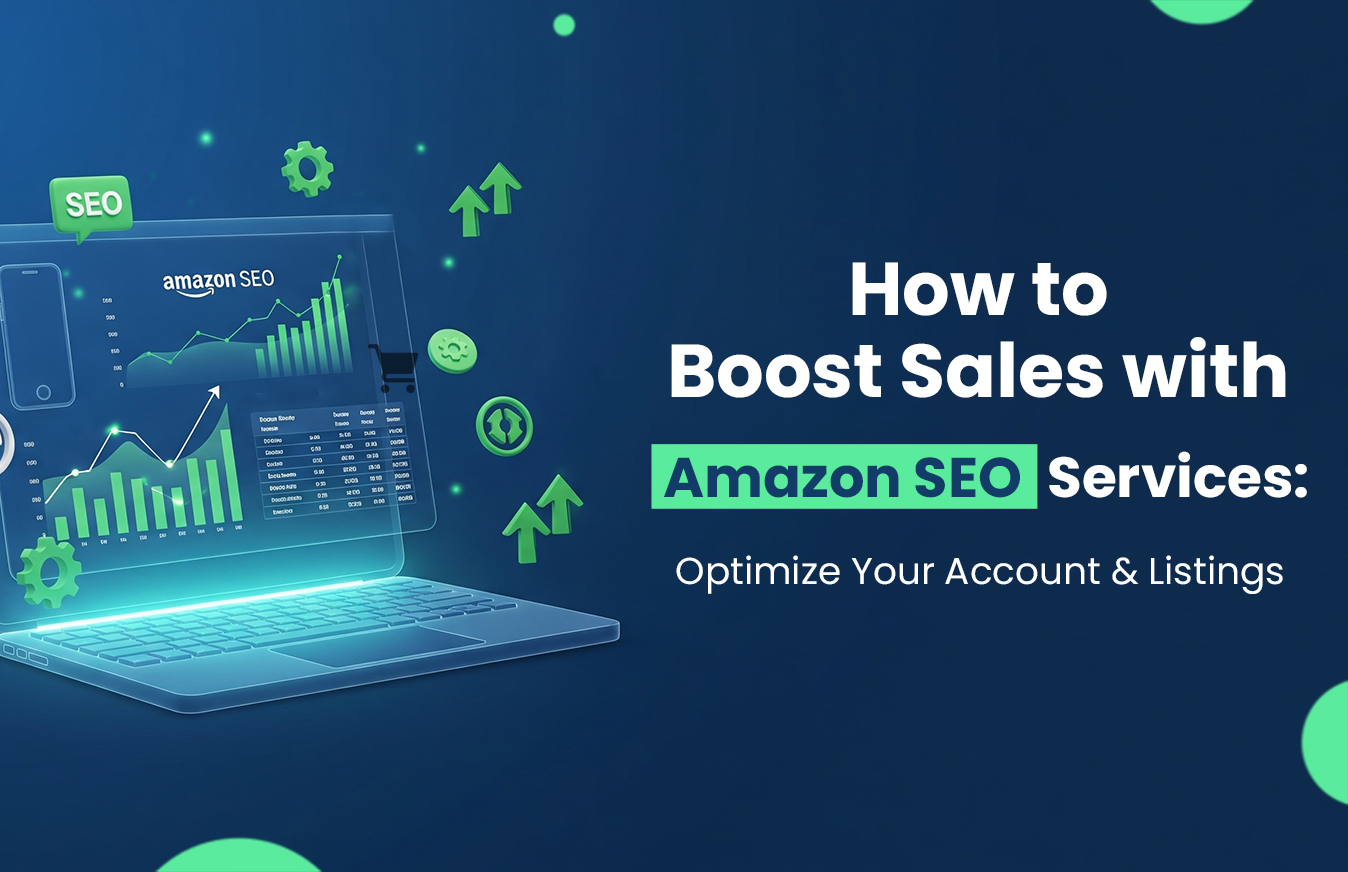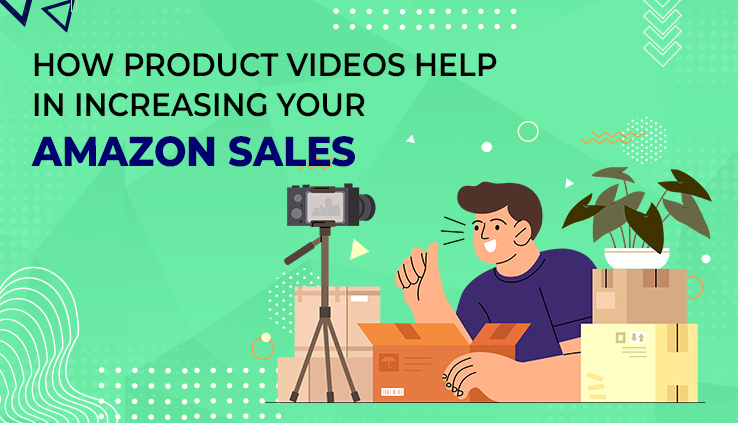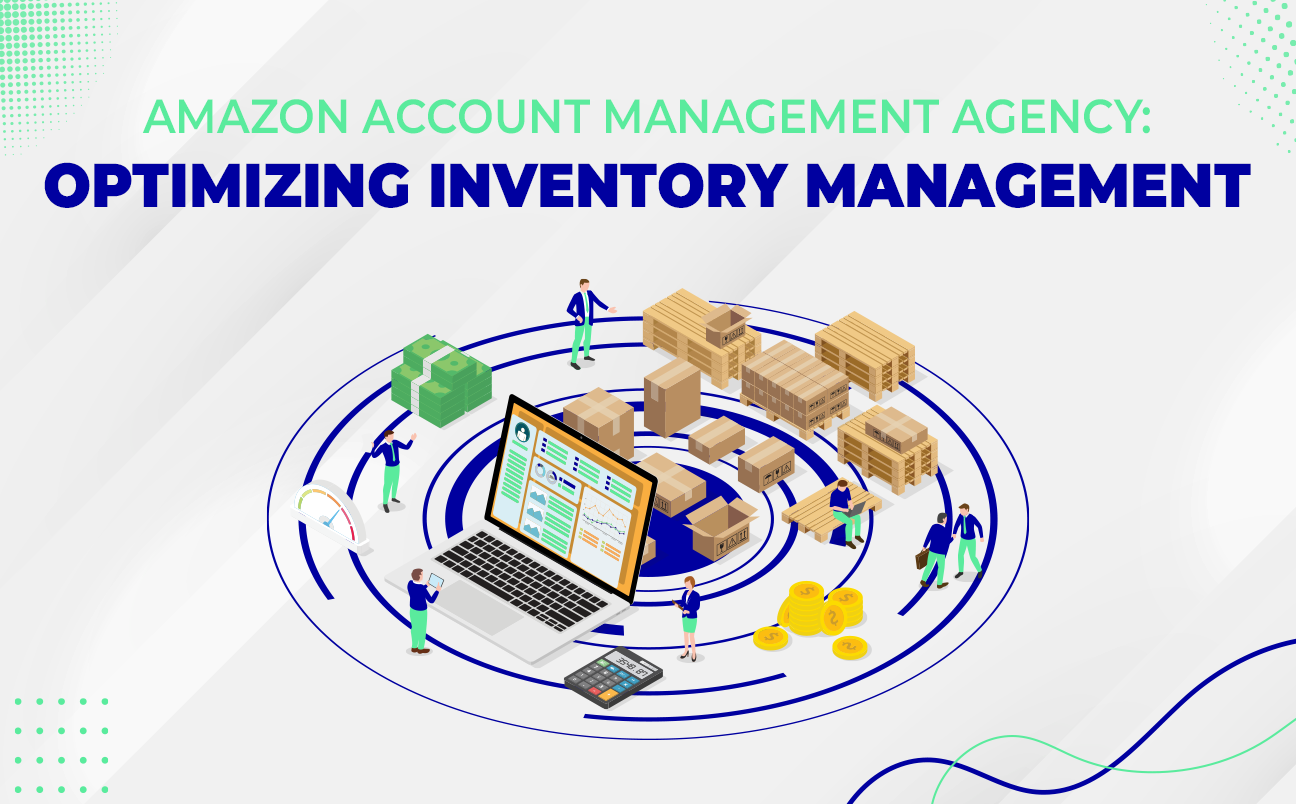If you’re selling on Amazon, you’re all too familiar with how saturated the market is. With millions of products being listed daily, it’s not so much about how great your product is; it’s about how likely it is even to be found when a customer searches for it. That’s where Amazon SEO services come in. By defining and executing the right optimization strategies, you can get noticed, bring more customers to your product, and sell more.
In this blog, we will guide you through what Amazon SEO services are, why they’re crucial to your business, and how to optimize your account and listings for the best results.
Why Amazon SEO is More Important Than Ever
Think about the last time you searched for a product on Amazon. Did you scroll beyond the first page of results? Most shoppers don’t. Research has shown that the first-page listings get most clicks and conversions. That means that if your product is not on the first page, you’re likely losing sales to another company.
That is where Amazon SEO services step in. They come in to improve the organic ranking of your product so that your listings become more accessible to the target market. In contrast to paid advertisements that only deliver results as long as you pay them, SEO will keep building and working for you for the long run, naturally increasing your store traffic.
What are Amazon SEO Services?
Simply put, Amazon SEO services are methods and procedures employed to drive more visibility of product listings on Amazon’s search engine. Amazon algorithm (A9) ranks products based on relevance, performance, and buyer experience. When you optimize all of these things, there is a much better chance your potential customers will find your products.
Typical Amazon SEO Services Include:
- Keyword Research: Finding the keywords that customers use to search for products.
- Listing Optimisation: Optimise product title, bullet points, description, and backend keyword optimisation.
- Image & A+ Content Optimisations: Making your product attractive and credible.
- Review & Rating Strategies: How to handle reviews to build your product’s credibility.
Performance Review-Measuring ranking, clicks, and conversions to fully leverage your SEO efforts.
The Foundation for an Amazon SEO Plan for Sellers
One of the most critical aspects of Amazon SEO services is creating a good and effective Amazon SEO plan for sellers. Without a plan, you may make random changes that will not do anything. A successful strategy includes:
Targeting the Right Keywords
Utilise tools and customer information to identify top-ranking keywords. They constitute the foundation of your visibility.
Optimising Titles and Descriptions
Your product name should be natural and readable, but also keyword-friendly. Descriptions should highlight benefits, features, and consumer needs.
Enhancing Product Images
Quality visuals increase click-throughs. Incorporating lifestyle photography enables customers to visualise your product in use.
Build Reviews and Ratings
These kinds of products always sell quickly. A good review management plan is something you should include in your plan.
Utilising this step-by-step Amazon SEO strategy for sellers, you lay the groundwork for sustained growth.
Leveraging Amazon SEO Tools for Sellers
In terms of data-based optimisation, there is nothing better than having the right tools at your disposal. For this reason, Amazon SEO tools designed for sellers are an essential aspect of professional SEO services. They can assist with:
- Keyword Discovery: Finding the appropriate and profitable keywords.
- Competitor Analysis: Knowing where top competitors are and how they do business.
- Listing Quality Checks: Checking for missing items like image(s), keyword(s), product descriptions, etc.
- Performance Monitoring: Monitoring keyword ranking, clicks, and conversions in real time.
Having Amazon SEO tools for vendors as a component of your workflow allows you to make improved, data-driven decisions instead of guessing.
Amazon Marketplace SEO Tips You Shouldn’t Ignore
Even with paid services, sellers must keep themselves updated with hands-on tips. The following are some Amazon marketplace SEO tips that would make a big difference:
- Keep Updating Keywords: Consumer search behaviour is continually changing, so your keywords must be updated regularly.
- Target Backend Keywords: Don’t miss the backend search terms field; it’s a hidden goldmine waiting to be optimised for discoverability.
- Optimise for Mobile: Most customers purchase from their mobile devices. Make sure your listings are legible and not cluttered on small screens.
- Use A+ Content: more content enhances conversion rates since it describes your product with images and comparison charts.
Following these Amazon marketplace SEO best practices will allow your optimization to be ongoing and effective long-term.
How Amazon SEO Services Directly Affect Sales
It’s simple: with increased visibility comes increased clicks, and increased clicks generally lead to higher conversions. With Amazon SEO Services, you can:
- Boost Organic Position: Rank higher in the search engine results and be noticed more.
- Decrease Dependence On Ads: Spend less money on ads and less on ads.
- Create Long-Term Stability: Enjoy continual sales instead of spikes.
- Win Customer Trust: A well-crafted, optimized listing gives consumers confidence in your business.
Sellers see more traffic and higher conversion rates to their listings because they provide exactly what people seek.
Why Use Experts
You can do it yourself, but an Amazon SEO Services expert will save time and get better results. Experts are much more aware of Amazon’s constantly changing algorithm and have better tools and techniques to keep your business viable against the competition.
Instead of battling trial and error, you have a tailored SEO plan that suits your products, industry, and business goals.
Final Thoughts
In the current competitive market, visibility is key. Without optimisation, the best product will remain unknown. This is why Amazon SEO services are not optional but required for businesses trying to grow and optimise their profits. After all, if you invest in a good SEO strategy for sellers at Amazon, put the best SEO tools for sellers to use, and are assisted by intelligent Amazon marketing SEO help, you can position products in front of customers who are looking.
The key to success is consistent, data-driven optimisations, and professional help and support as required. Begin prioritising Amazon SEO Services today, and see your sales gradually increase over the next several months.


